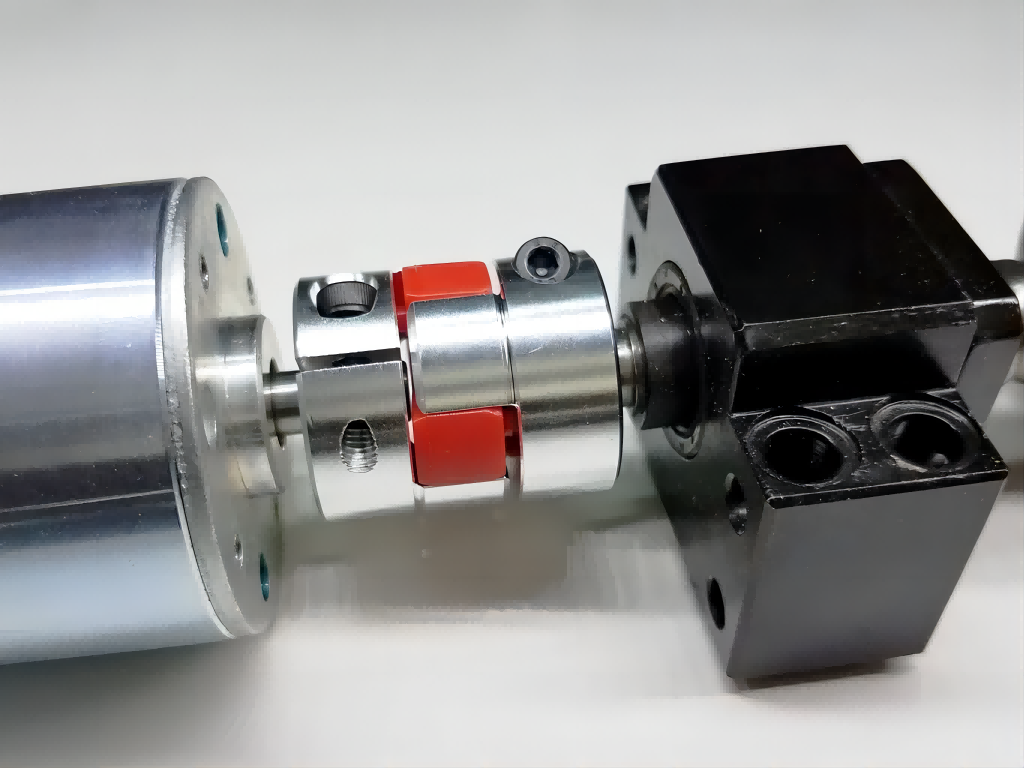Coupling Technology: The Key to Precision Alignment
In today's industrial environment, the role of couplings is crucial. Serving as mechanical components that connect two shafts to transfer power, couplings not only ensure the smooth operation of equipment but also safeguard the efficiency and safety of the entire production line. Recent studies focusing on the testing and usage scenarios of couplings have revealed their key roles across various industries.

Precision Testing, Ensuring Safety
The testing process of couplings is a critical step in ensuring their performance and safety. Utilizing advanced testing equipment, such as torque testers and vibration analyzers, engineers can accurately measure the performance of couplings, including the forces they bear and potential wear and tear. These tests not only help manufacturers improve designs but also provide users with important information on when to maintain and replace them.
Versatile Applications across Industries
The use of couplings is not limited to any specific industry. In manufacturing, they are used to connect various machines on production lines, such as transmission systems and conveyor belts. In the energy sector, couplings play a crucial role in wind turbines and generator sets. Additionally, they are widely used in automotive, maritime, and aviation sectors to ensure efficient power transmission.
Future Outlook: Innovation and Sustainability
With continuous technological advancements, future designs of couplings are expected to be more efficient, durable, and eco-friendly. Industry experts are exploring new materials and innovative designs to enhance the performance of couplings while reducing energy consumption and maintenance costs. This innovation will not only drive the development of various industries but also contribute to the sustainable progression of society as a whole.
As further research and development continue in coupling technology, more innovative solutions are expected to emerge to meet the growing industrial needs and challenges.






